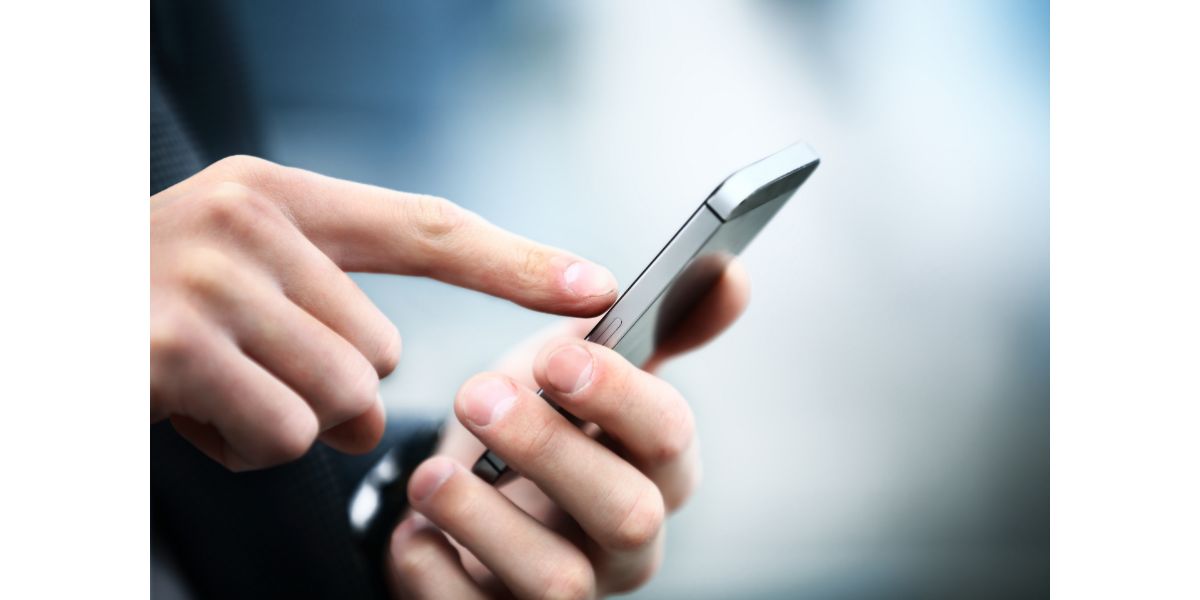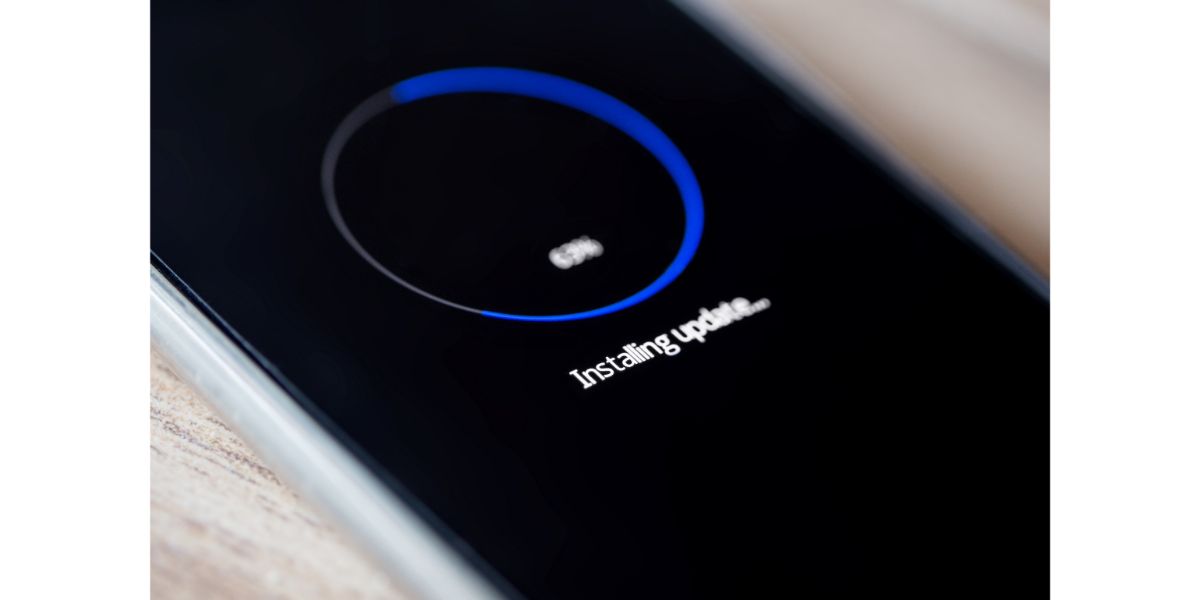Disclaimer: This post may contain affiliate links, meaning we get a small commission if you make a purchase through our links, at no cost to you. For more information, please visit our Disclaimer Page.
WiFi calling is pretty much what it sounds like, making a phone call via your WiFi internet connection, without going through your smartphone’s carrier. Businesses primarily use it, though the feature is available for private use.
If your WiFi calling feature fails on you, it could be a number of things, including a network failure, the feature isn’t on, something’s up with your SIM card, or you’ll need to restart either the smartphone or your network settings.
WiFi calling is a convenient tool, especially if you live in an area with spotty cell coverage but you have a solid internet connection at home. When everything is flowing smoothly, WiFi calling is generally a smoother experience. For the times when it isn’t, we’ll walk you through some troubleshooting tips to get it back in order.
Table of Contents
6 Ways to Fix iPhone Wifi Calling that Keeps Turning Off
1. Make Sure WiFi Calling is Enabled
It definitely won’t work if it’s not enabled in the first place. WiFi calling is not a feature that’s automatically toggled on when you first unpack your iPhone from the box. You have to go into Settings to turn it on and start taking advantage of the feature.
- Jump into the Settings Menu
- Scroll down to the Green Phone Menu icon
- Select “WiFi Calling”
- Toggle the WiFi Calling Setting to “On”
- If you want, you can also toggle “On” the “Add WiFi Calling for Other Devices” setting on as well
- Apple may require you to enter emergency contact information before activating the setting
This little troubleshooting tip is for when you first unpackage your iPhone and are working on getting everything up and running. Of course, if you’re having problems down the road, its always a good idea to check that your WiFi calling is enabled in the Settings.
2. Check Your Router
If you want to use your WiFi calling, you have to have WiFi. Yup, kind of makes sense, right? This is especially true if you have one of those routers that offer a bunch of different WiFi channels.
Some routers will switch you back and forth between WiFi channels based on the strength of the signal.
While theoretically, this shouldn’t cause a problem with your WiFi calling (the feature is either on or it isn’t) there are cases where you run out of range on one WiFi channel and can’t jump to another because you don’t have the password and haven’t saved the channel in your WiFi.
The most important thing is to check and make sure your router is working and you’re getting a signal. The easiest way to do this is to use another device to connect.
If other devices are connecting just fine, your iPhone should be as well.
3. Switch Airplane Mode Off and Back on Again
It’s sort of like the old restart trick that seems to work so well with any device. Airplane Mode is a setting that keeps your phone on but cuts off all wireless connectivity, including WiFi and LTE communication.
As the name suggests, it’s for plane flights, so the smartphone doesn’t interfere with the onboard electronics in the airplane. Since this cuts off WiFi, it often works to sort of reset your network settings without resetting your network settings.
- Open your iPhone Settings
- Airplane Mode should be one of the first options in the Settings Menu
- Toggle Airplane Mode On
- Wait about thirty seconds
- Toggle Airplane Mode back off again
- Or, on the Home Screen, swipe down from the top right of the screen
- This opens the Control Panel
- Look for the Airplane icon
- Touch the icon to turn Airplane Mode on and off
Just don’t forget to turn it back on again. While Airplane Mode is on, you can’t receive notifications, phone calls, or emails.
4. Reset Your Network Settings
Since we’re on the subject of sort of resetting the Network Settings, might as well do the real thing. However, resetting the Network Settings often does the trick for getting your WiFi calling back up and running, so we’re not shoehorning it in by any means.
Resetting the Network Settings works exactly the same as factory resetting the phone, except you won’t go quite that far.
- Open the iPhone’s Settings Menu
- Scroll to and open General
- Scroll to the very bottom
- Select “Transfer or Reset iPhone
- Select “Reset” on the next page
- Select “Reset Network Settings”
- Enter your password and Confirm
This will terminate and remove (erase) all your network connections, meaning your WiFi connections, MiFi connections, and VPN configurations. Yeah, it’s a pain in the neck to set all those things back up but it will often fix the issue of WiFi calling interruption.
5. Turn Off Your LTE or Mobile Carrier Connection
It sounds kind of counterintuitive but remember, you’re using a purely WiFi connection to make and take phone calls right now. You don’t need your carrier’s internet or calling network. That means 5G, 4G, or whatever you’re using is unnecessary at the moment.
What this will do is force your iPhone to rely on the only internet connection it has available, which is your WiFi. This is the reason this troubleshooting tactic often works so well since it basically gives your iPhone no other choice.
- Open the Settings Menu
- Scroll down to “Cellular” and open it
- Toggle off “Cellular Data”
- Wait between 30 and 60 seconds (always better to err on the side of “longer waits are better)
- Toggle “Cellular Data” back on again
As long as all you need is the WiFi, you’re free to leave the Cellular Data off for as long as you want. With a WiFi connection, you will still get all of your emails, iMessenger messages, and WiFi calling. You will still have access to all of the internet services you’re used to with your iPhone.
The only thing you won’t receive is standard (green) text messages on your iPhone. So long as you can do without green text messages, you’re free to leave it off as long as you want to.
Just remember to turn it back on when you’re all done. Siri is good for setting a reminder for you, so feel free to use it.
6. Carrier and Software Updates
An iPhone that hasn’t been updated can cause problems and most people have their iPhones set up to either allow via notification or manually update. Besides, even with automatic updates turned on, iPhones are notorious for not doing the update and blowing up your iPhone with reminders later.
Whatever the situation, you need to make sure that both your iPhone software and your carrier software are up to date.
- Open the Settings Menu
- Select General
- Select About
- If a carrier update is available, it will show up here
- When you’re done, back out to the previous page
- Select Software Update
- If an update is available, proceed with updating your iPhone
- Also, make sure the iPhone is plugged in if the battery is less than 50%
Once the carrier update, software update, or both are confirmed and completed, try to turn on your WiFi calling option again. The updates have the added benefit of requiring a restart on your iPhone as well, which is always productive in the troubleshooting process.
All Things Considered
One or more of the above troubleshooting options should get you back on track. While WiFi calling is certainly not one of the standout features on the iPhone, when you need it, you need it. Fortunately, there are ways to troubleshoot glitchy WiFi Calling.
If none of the above options works for you, it’s time to give your carrier or Apple a call and see what you can work out or discover from there. On the bright side, the odds are good that you won’t have to.


